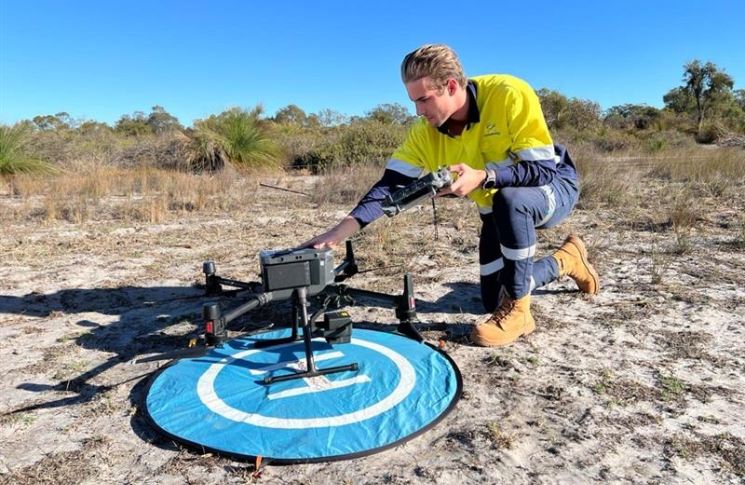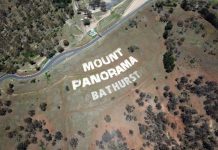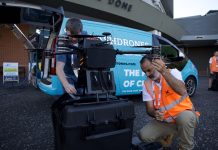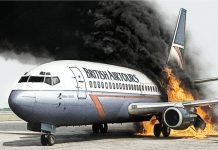As drone use grows beyond traditional industries, their role in environmental monitoring has emerged as both powerful and practical.
Matt Germs works at Hydrobiology, an independent environmental consultancy based in Perth that specialises in Earth and Ocean sciences. The company operates in Australia under a CASA ReOC and the Basic Aviation Risk Standard (BARS), conducting environmental assessments and technical surveys in some of the region’s most remote and challenging areas.
Matt’s team uses drone technology to collect data, improve safety, and support clients in the resources sector in managing environmental risks more effectively. For Matt, who holds a remote pilot licence (RePL) with a 25 kg endorsement and an aeronautical radio operator certificate (AROC), safety is the priority behind every flight.
“It’s about reducing risk—not just improving data,” Matt says.
“Operating in remote, harsh environments means we need to think differently about how to protect our people.”
Since starting drone operations in March 2024, Matt has integrated drones into many areas of Hydrobiology’s work, from checking plant health to sampling water quality.
Traditional fieldwork in environmental consulting often requires physically demanding tasks in risky areas, hot and humid climates, crocodile habitats and unstable ground – common in Northern Australian. By using drones, Matt and his team can reduce unnecessary exposure.
“Instead of wading through mud or launching boats, we can monitor from the air. That’s a massive safety gain.”
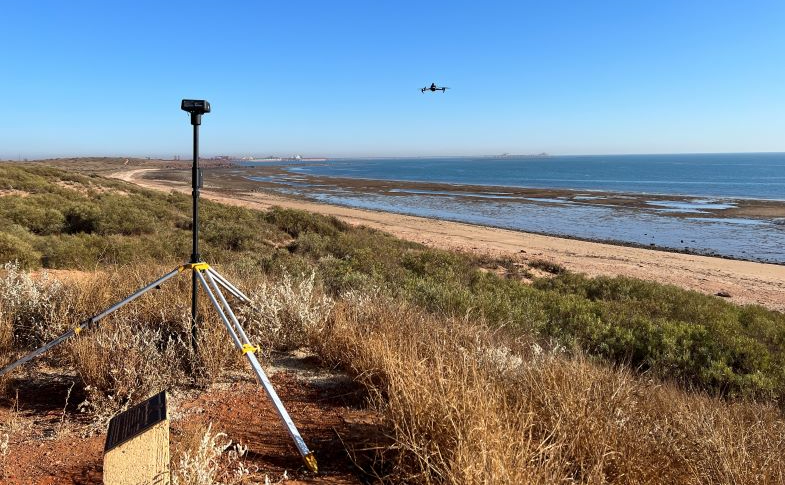
Hydrobiology uses drones to create digital elevation models, track plant health, and check water quality, including metal and bacteria levels, all without boots on the ground.
Matt stresses that careful planning and constant risk assessment as important for every mission.
“Environmental conditions can change quickly. We assess risks on-site and adapt, maintaining clear communication between the crew.”
Matt’s top drone flying safety tips for commercial pilots include:
- implement a robust Safety Management System to manage risk, analyse safety data, ensure assurance, and drive improvement.
- prepare before flying – pre-flight checks are critical and if in doubt, tag it out.
- prioritise clear communication protocols – especially when working in teams or remote areas
- maintain situational awareness – monitor the weather and area around you
- manage ground support – ensure the crew has clear roles. Work with the clients to set up safety zones and use of spotters to watch for wildlife, particularly birds of prey
- keep learning – follow CASA’s drone safety rules operators in safety-critical jobs.
“The goal is always the same: reduce exposure, improve accuracy, and deliver safer, smarter outcomes.”
If you would like to feature in drone flyer diaries, please email us.

